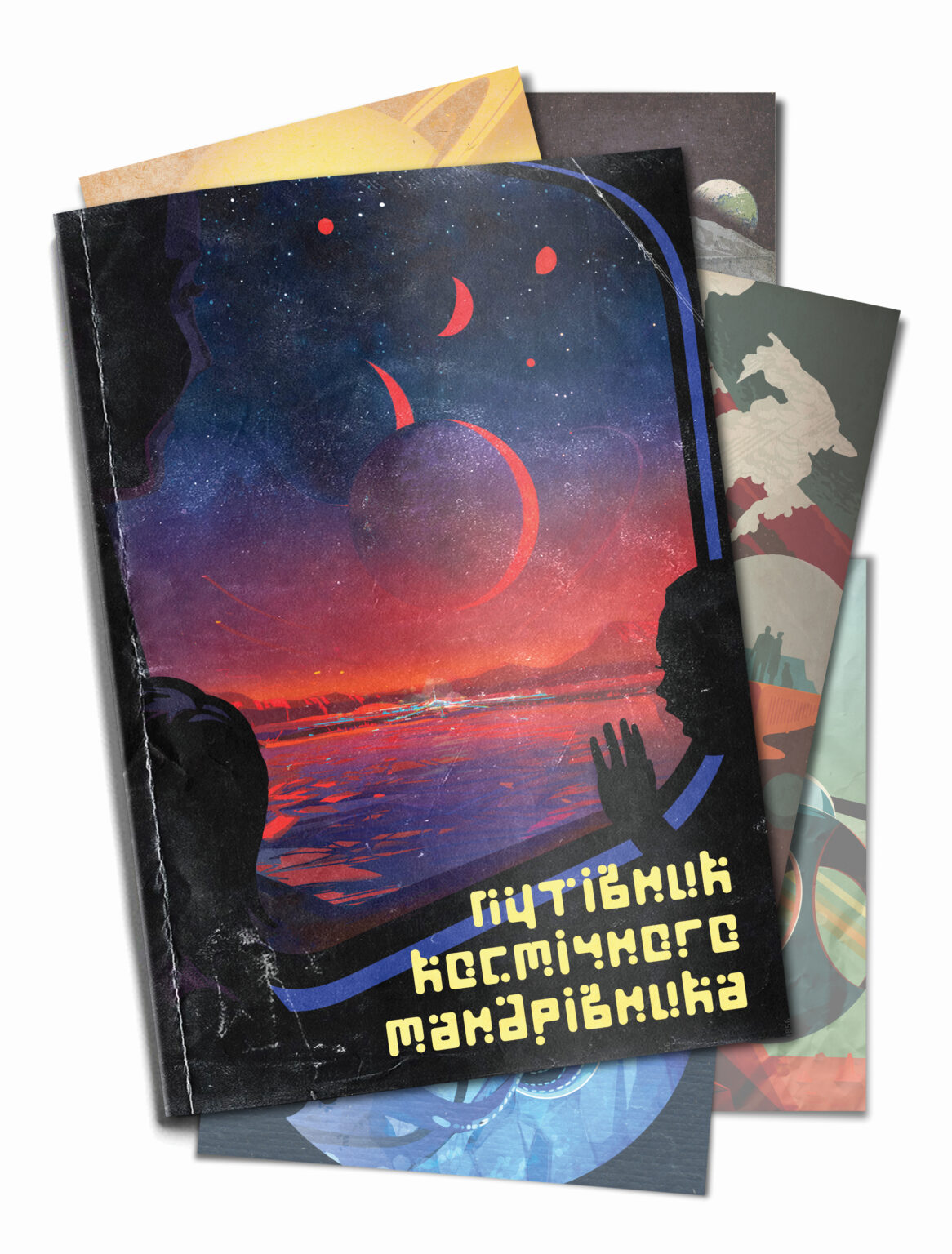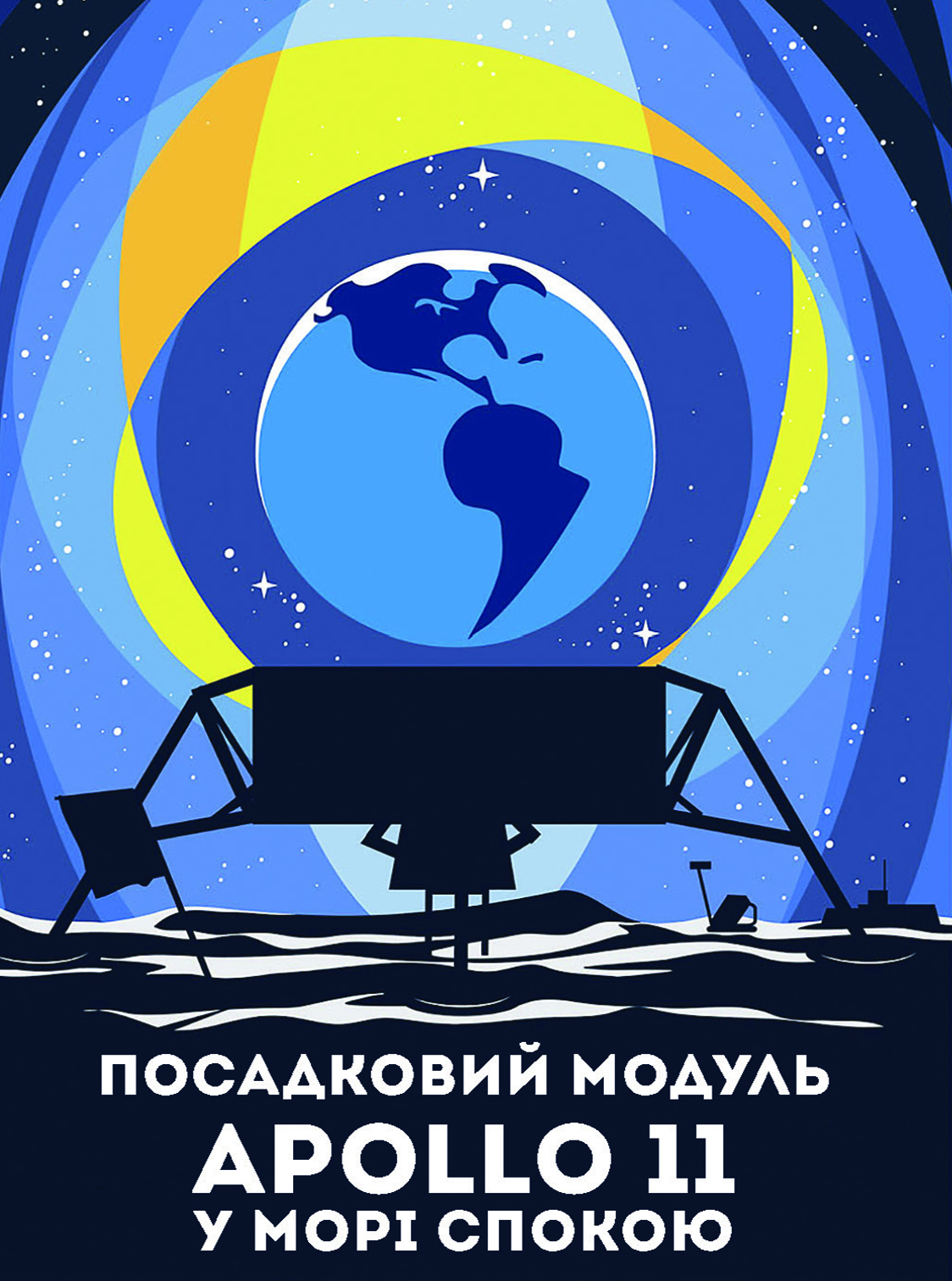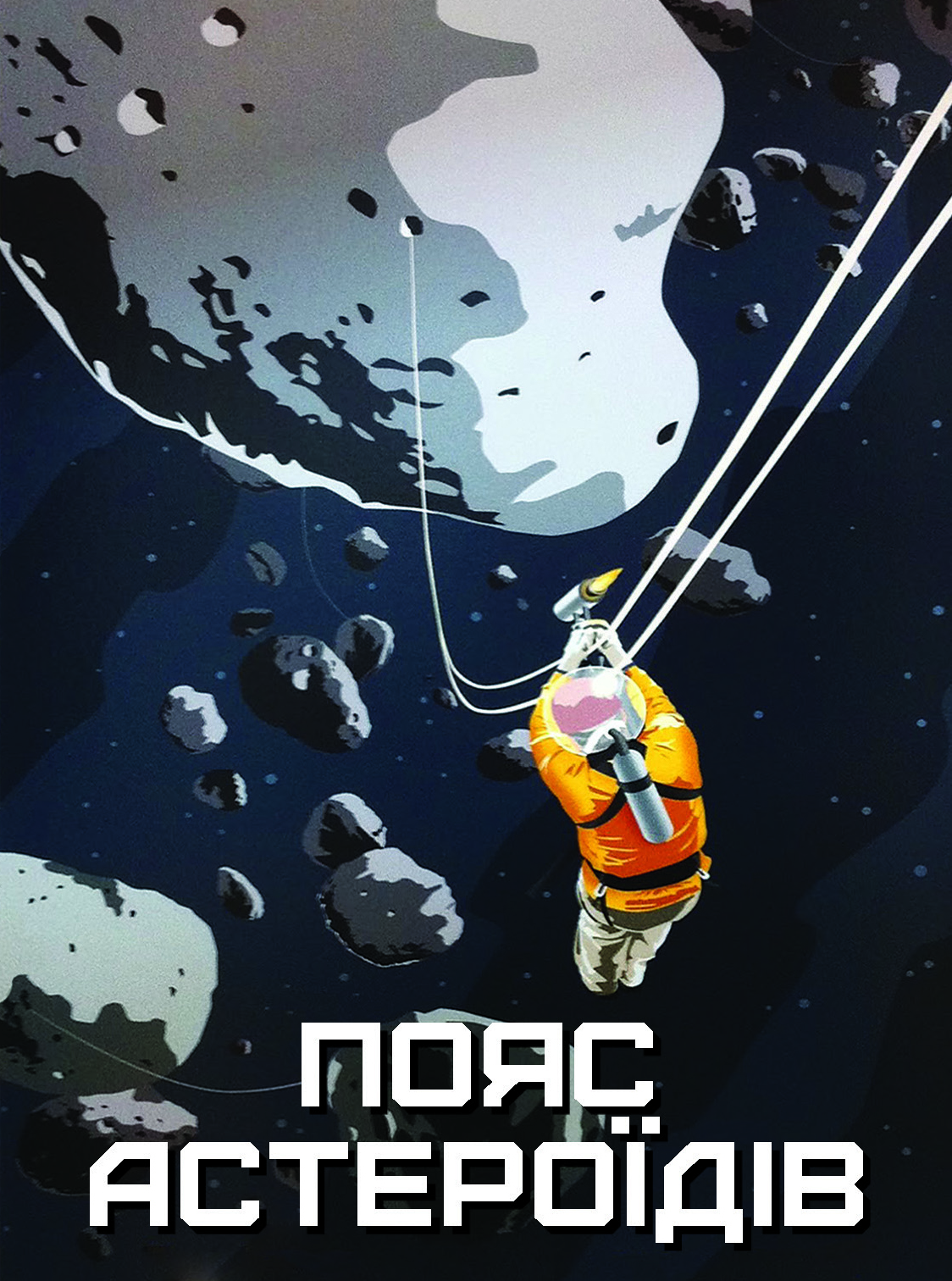In recent years, some private companies have focused on implementing various space tourism projects. Some offer suborbital flights, some rely on orbital hotels, and some are going to organize flights along “Gagarin’s route”. But almost all of these proposals have one thing in common: they are limited to near-earth space. Of course, there is Yusaku Maezawa, the Japanese billionaire who is going to fly around the moon on the starship, but it is more like a one-time action with a rather uncertain date of implementation.
And now imagine a future when space travel will become commonplace, affordable not only to few moneybags but also to the middle class. It is easy to assume that in such conditions, the scope of space tourism will also begin to expand. After all, customers who have a lot of money, of course, would like to get a unique experience, inaccessible to ordinary mortals. Therefore, a normal flight into orbit may not be enough.

Fortunately, there are many places in space that can satisfy every whim. In this article we consider some nooks of the solar system which seem most promising as the tourist attractions. Our ideas might seem quite optimistic, or even completely utopian, but let’s not forget that not so long ago the phrase “space tourism” itself was found only in movies and on the pages of science fiction. So who knows, maybe in the future all the celestial destinations mentioned here will be wildly popular among wealthy people and thrill seekers.
Flights in Venusian clouds
If you make a list of the planets of the solar system most hostile to humans, Venus will undoubtedly occupy the very top. Its surface temperature reaches 470 ° C (this is even higher than on Mercury), and atmospheric pressure is 90 times higher than Earth’s. Man would not survive on this planet for a single second. It is difficult to say when the technology will advance enough to allow people to walk safely on the surface of the Morning Star, and then return home safe and sound.

But, paradoxically, Venus does have an area where conditions are quite favorable for human wellbeing. It is located in the atmosphere, at an altitude of almost 50 km above the planet’s surface. The pressure there can be compared with that on earth, and the temperature varies in a fairly comfortable range — from 0 to 50 ° C. It should be added that the Venusian atmosphere consists almost entirely of carbon dioxide, the molecular weight of which is almost one and a half times greater than that of oxygen. So if you fill up the shell of a balloon or an airship with the latter, it will float in the clouds.
It is likely that someday the winds of Venus will bear aircraft with passengers enjoying the view of the planet’s endless clouds. Of course, the creators of such cruisers will have to solve a number of difficult technical problems — in particular, the protection against hurricane winds and sulfuric acid fumes. But in general, such an idea is not as fantastic as it seems at first glance. A few years ago, NASA even conducted a comprehensive study of the manned Venusian airship project, which admitted the viability of such a concept.
Lunar speleology
No doubt, the moon is one of the most promising places for space voyages. You can spot many interesting formations on its surface such as the craters of Tycho and Aristarchus. “Historic” locations, such as the location of the Apollo expeditions, may also be worth considering.


But the bowels of the satellite of our planet are also of great interest. Scientists have discovered many caves on the moon, formed by lava that once flowed over its surface. The length of many of them is measured in kilometers, and the width allows you to easily place a large human colony inside. Such sites may be of interest to tourists who are passionate about speleology and want to explore underground complexes where no human foot has ever been set.
Space archeology
Thousands of failed spacecraft are currently in orbit. Most of them are not of particular archaeological interest, but there are also some quite interesting exhibits among the space debris— for example, the second American artificial satellite Vanguard 1 launched in 1958 or the first ever infrared space telescope IRAS. In the future, all these objects could become part of an “excursion tour” dedicated to the history of astronautics.

Some interesting historical objects can also be found in the interplanetary space, such as, the devices of Mariner series, the Soviet Vega stations and the Giotto probe, which studied Halley’s Comet (1P/Halley). Of course, the relics of the Apollo program deserve special attention — in particular, the third stages of Saturn V rockets and the lunar module Apollo 10. They have survived in their own heliocentric orbits, and may be visited in the future.
Mega-mountains and mega-canyons of Mars
Mars is significantly smaller then our Earth. Nevertheless, the Red Planet is the “homeland” for the most amazing planetary structures of the solar system, which can attract many tourists. These are the Mariner Valleys and Mount Olympus.

The Mariner Valleys are the largest canyon system known to us, compared to which the famous Grand Canyon of the Colorado River seems to be a midget. Its total length is 4,500 km, its width reaches 200 km, and the depth of some sections — 8 km. It could even contain Everest!
If any structure of Mars strikes the imagination more than the Mariner Valleys, it is, of course, Mount Olympus. This is the name of an extinct volcano 26 km high. Its eruption lasted for billions of years, which, combined with less gravity on Mars, allowed it to grow such incredibly high. The diameter of the base of Olympus is 600 km, it covers an area of almost 300 thousand km2. This is comparable to the area of Italy.
It is difficult to imagine what kind of view will open to the traveler from the top of the mega-volcano, but there is no doubt that climbing Olympus would be the greatest achievement for any climber. The mountain is so big that if you stand on its highest point, its slopes will stretch beyond the horizon. In addition, the atmospheric pressure at the top is only 2% of the pressure on the surface of Mars. This means that the brave climber will actually be in outer space.
At the bottom of Europe
Conditions on the surface of Europe — one of Jupiter’s four largest moons — may not seem very favorable in terms of potential tourism. Due to the proximity of the radiation belts of the gas giant, a traveler who decides to walk on the icy surface without proper protection will receive a lethal dose of radiation in just one day.

But if humanity ever manages to break through the many kilometers of ice crust of Europe, a completely different world will be discovered: a giant ocean, the depth of which reaches 100 km, and the volume far exceeds all water reserves on Earth. Compared to its scale, the deepest trenches on the earth will seem like small puddles.
Due to its size, Europe’s ocean can hide many surprises. There is no doubt that sooner or later there will be a person who resolves on conquering it and getting to the utmost depth.
Geysers of Enceladus and Triton
Geysers are rightly considered to be among the most amazing natural wonders of our planet. Many tourists visit Iceland and Yellowstone National Park in the United States to admire the majestic eruptions. But such phenomena are not unique to the Earth. They can also be found on some satellites of giant planets — in particular, on Enceladus and Triton.

Enceladus geysers are located along fault lines concentrated near the south pole of the satellite. They mainly emit water into space in the form of steam and fine ice dust. It is believed that its source is the subsurface ocean of the satellite. The photos made by the Cassini probe allow us to form a certain idea of what incredible picture will open to visitors of Enceladus. Its geysers are so active that the water they eject formed a whole ring around Saturn.
There are geysers on Triton as well — the largest satellite of Neptune. Unlike Enceladus’ ones, they emit mostly nitrogen. The height of their jets reaches 8 km. Combined with the majestic globe of Neptune, which hangs motionless in the Triton sky (the satellite is constantly turned to its master planet with same side) these emissions, of course, can create a very spectacular view.
Triton can also attract tourists with its bizarre landscapes. Due to the tidal interaction with Neptune in the past, the surface of the satellite melted several times and then froze. Each time this process involved less and less substance, until, finally, it completely solidified. Since then, Triton has had giant frozen lakes with shores in the form of huge stepped terraces, with individual “steps” as high as a kilometer. They could be a great alternative to the famous Norwegian fjords.
Surfing and flying on Titan
Titan is one of the two bodies in the solar system having a full cycle of liquid on its surface. However, while our planet has water as liquid substance on its surface, Titan has a mixture of liquid hydrocarbons (mostly methane and ethane). Thanks to the Cassini mission, we know that there are a number of permanent hydrocarbon reservoirs near the satellite’s North Pole — large lakes with rivers flowing into them. The largest of them is comparable to Caspian Sea by size. These lakes have islands and icebergs.

So, you can go sailing in the methane “waters” of Titan on a special boat. Who knows, maybe in the near future this place will be one of the best locations for interplanetary regattas.
Titan is also the only satellite in the solar system that has thick atmosphere. And this significantly increases its touristic attraction. Here you can go skydiving, paragliding and hang gliding.
But that’s not all. As the force of gravity on Titan is seven times less than on Earth, and its atmosphere is denser, this means that man there can literally fly like a bird there. To ascend to the sky, it will be enough to simply wave the “wings” attached to the hands. At least, so says the theory. Perhaps, someday someone will test it in practice.
BASE jumping on Miranda
Despite its modest size, Uranus’ satellite Miranda has a unique relief constituting a bizarre mosaic where you can find absolutely everything: vast plains scratched with giant canyons, huge faults and cracks, valleys, ancient craters, ridges, depressions, rocks and terraces. It is believed that this diversity is due to the catastrophe that occurred at the dawn of the evolution of the solar system. Miranda was smashed to pieces by a collision with another celestial body, after which its wreckage was drawn together by gravity again.

One of the most striking places that amaze imagination is the Verona Rupes. According to some estimates, the height of this cliff is up to 20 km. It is the largest in the entire solar system.
The combination of such height and extremely low gravity (which is only 0.008 of the earth’) creates a very intriguing situation. If you jump down from the ledge, the free fall will take about 12 minutes. This means that it can be a real mecca for space BASE jumpers who want a new dose of adrenaline. The jumps from Verona Rupes were depicted in the famous short movie Wanderers.
The only thing the thrill-seekers need to take into account is the lack of atmosphere on Miranda. Therefore, a parachute is not an option to provide soft landing — some kind of jet pack is needed.
Nitrogen Sea Cruise on Pluto
Five years ago, the New Horizons probe showed us Pluto. Thanks to the images transmitted, we learned that the dwarf planet has a “heart” — a huge area of characteristic shape. Its western part includes the Sputnik plain.

This is one of the strangest regions in the solar system. The plain is covered with frozen nitrogen, in the middle of which there is a number of isolated formations of more familiar to us water ice, which broke off from the surrounding mountains. Because water ice has a lower density than nitrogen, these fragments do not sink. In fact, they resemble icebergs drifting in the middle of Pluto’s endless nitrogen sea.
As a result, in the future, the Sputnik Plain could become a great place for sightseeing tours, akin to cruise ship tours, which are now arranged off the coasts of Greenland and Antarctica. At the same time, space tourists should not be afraid to repeat the story of Titanic: the speed of Pluto’s icebergs is only a few centimeters per year, so an unexpected collision with them is hardly highly probable.

